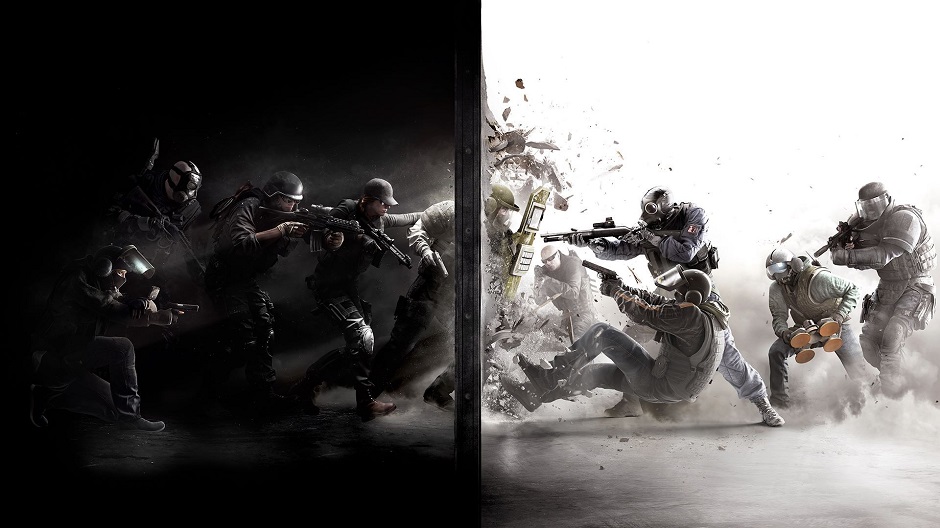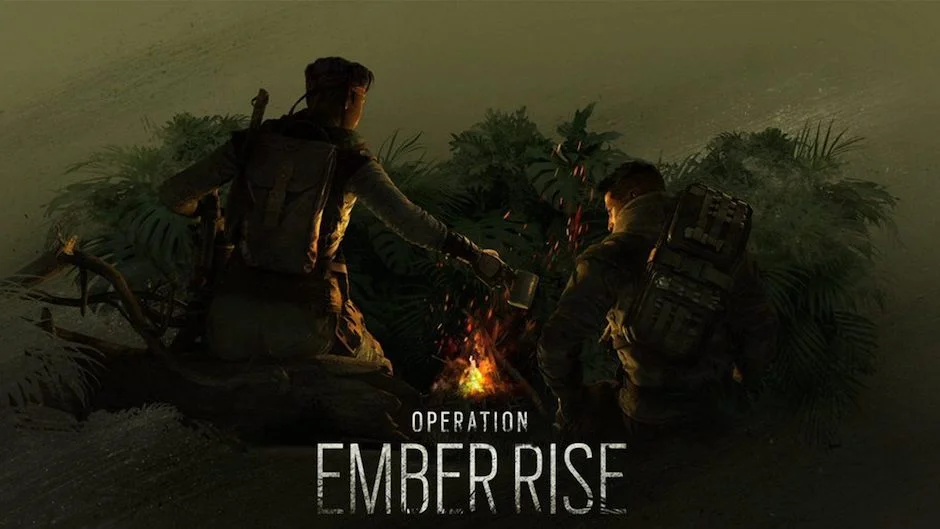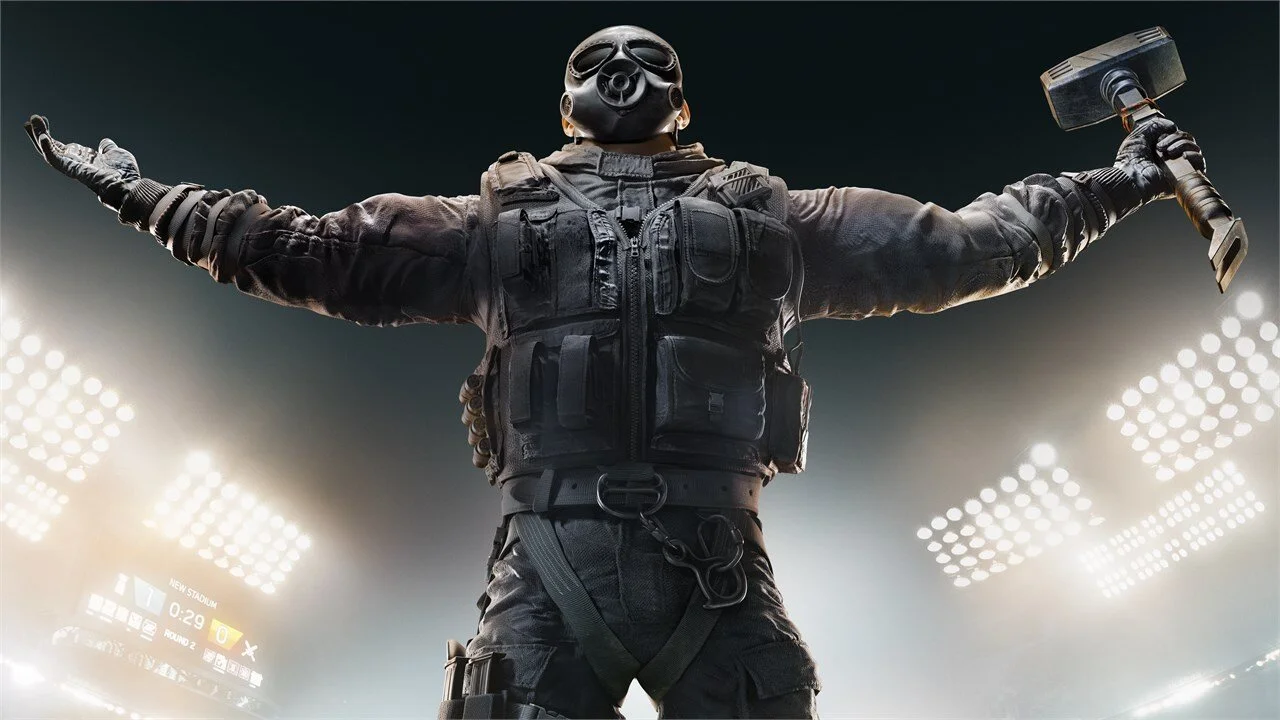Rainbow Six Siege looks very different now than it did in the winter of 2015 when the game was released. Ubisoft has approached the first-person shooter in the same way that Blizzard has Overwatch. What you need to understand first is the complexity involved with a game like Siege. It’s not a temporary blip in the first-person gaming world like the annual iterations of Call of Duty. Nor is it the latest in a long line of battle royale clones.
Rainbow Six Siege is a tactical, team-based, communication-centric first-person shooter that juggles over 40 distinct operators in both an online ranked system and a burgeoning pro league. Sounds like a lot, and it is. But for the last four years, Ubisoft has been dedicated to cultivating the game from the promising, but flawed debut into the robust juggernaut that it is today. The fourth season is underway, and Siege is as strong as ever.
This is the potential for games when developers invest in them instead of moving to the next project right away. But it’s also important to recognize that Ubisoft has avoided alienating the player base, which can happen if the developer is not careful in how they tweak, update, or add on to an existing foundation. Ubisoft lays out a roadmap for the future of the game. Developer-driven changes and community feedback combine to spur growth. There aren’t changes that aren’t first experienced in the test server. The developer is responsive to the players, but there’s also caution that prevents patches or new content from arriving before it’s ready. Not enough games experience that same level of patience.
Ubisoft also invests in the pro scene. There are multiple tiers in the community. The game supports casual play as well as ranked. And above that, the professional players provide a strong case for the continued support of Siege as the audience of and interest in eSports grows and grows. And the presence of a pro league for the game galvanizes the interest of the casual and ranked players who witness the evolution of the game at a higher competitive level. The meta trickles down, and gameplay adapts. One thing feeds into another. And Ubisoft has made it clear that they plan on building Siege for more years to come.
In the age of micro-transactions, buggy launches, and yearly iterations of massive franchises, it’s refreshing to encounter a game and a developer that have a high level of synergy with the video game community. The game is great, Ubisoft’s support of the game is great, and the future ahead looks bright. Other developers should be taking notes.




















